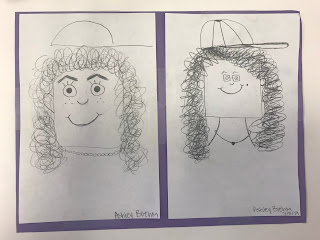Nutrition and Aging
After our guest speaker in class today, my views on nutrition in healthcare settings has changed a lot. I understood it was important to maintain proper nutrition so your body can work at optimal performance, but I never realized how significant it was for the recovery process in the hospital or with chronic disease. When thinking about nutrition while aging, primary prevention is to slow down the aging process. Along with slowing the aging process, it can be used to slow the progression of chronic disease, maintain functionality, quality of life, fitness, and mental health. A major aspect of this lecture is that calorie needs are different than nutritional needs. Many of the older adults that are admitted to the hospital are malnourished. Also, 5-10% of elderly people living in the community setting are malnourished. When someone isn't meeting their nutritional needs, they tend to have muscle loss and this makes them more inclined to infection. A few characteristics of malnutrition are insufficient energy intake, weight loss, edema, decreased functional status/diminished grip strength, loss of fat, and/or loss of muscle mass. The patient only needs 2 of these characteristics to be diagnosed as malnourished. As an OT a few things we can do is make sure to know the RD's at our facility, identify issues, educate the doctors and patients, encourage the intake of supplements/meals, bring supplements to therapy, and ask the RD to do an in-service in your unit.
When thinking about interventions that an OT can do to help with nutrition is to educate their clients on nutrition. One client that might need education on nutrition is a client that has been in the ICU, because since they have had significant muscle loss. The OT would educate the client and their family that they need at least 30 grams of protein 3 times a day and a specific caloric intake, which could be achieved through food and/or supplements. A second intervention an OT could do with a client that is a cooking/meal prep treatment. This could be beneficial for a group of clients who are leaving inpatient rehab to live in an independent setting. This session could address reading the labels on food items and how to prepare them as a meal.
When thinking about interventions that an OT can do to help with nutrition is to educate their clients on nutrition. One client that might need education on nutrition is a client that has been in the ICU, because since they have had significant muscle loss. The OT would educate the client and their family that they need at least 30 grams of protein 3 times a day and a specific caloric intake, which could be achieved through food and/or supplements. A second intervention an OT could do with a client that is a cooking/meal prep treatment. This could be beneficial for a group of clients who are leaving inpatient rehab to live in an independent setting. This session could address reading the labels on food items and how to prepare them as a meal.

Comments
Post a Comment